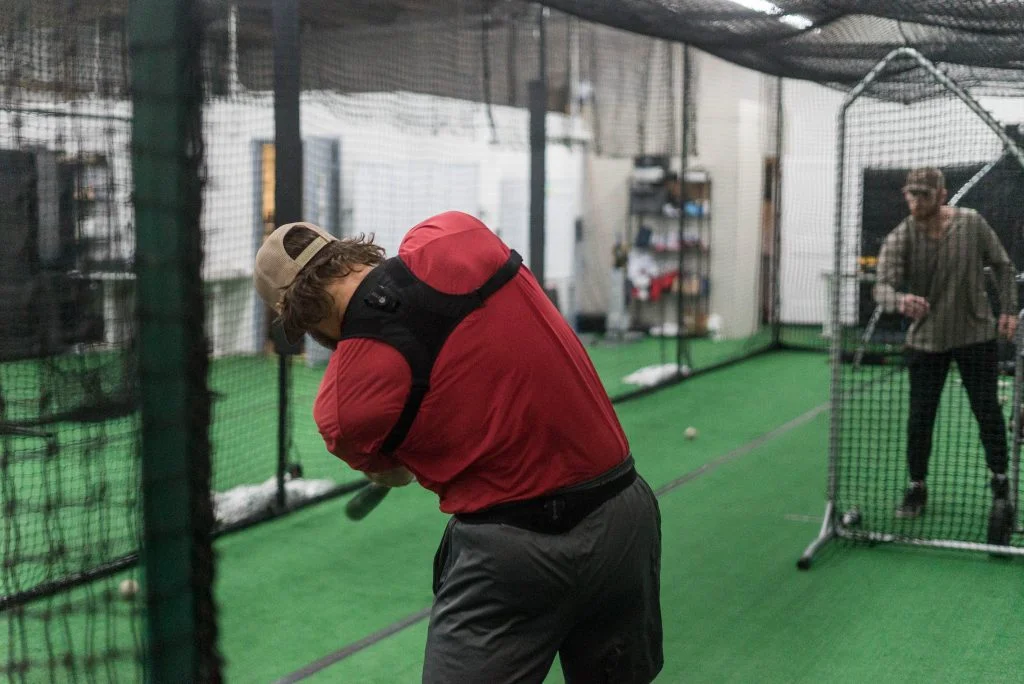Early Sport Specialization (ESS)
Before I explain why, lets briefly get on the same page with a definition for Early Sport Specialization (ESS). Typically ESS refers to year-round (for at least 8 months) intensive training or competition in an organized sport by young athletes (<12 years of age) while excluding all other sports.
Injury Risk
One of the most studied problems with early specialization is increased injury risk compared to peers. The biggest factor contributing to this increased risk was participation in any individual sport for greater than 8 months of the year3. This is especially true in baseball pitchers where pitching for more than 8 months per year was correlated with a 500% increase in risk for Tommy John surgery. (I discuss this and other risk factors for UCL injury in my blog “Minimizing the Risk for UCL Injuries in Throwers” *hyperlink). Across all sports there is an increased injury risk of 1.81 times in highly specialized athletes compared to their multi-sport peers5.





















